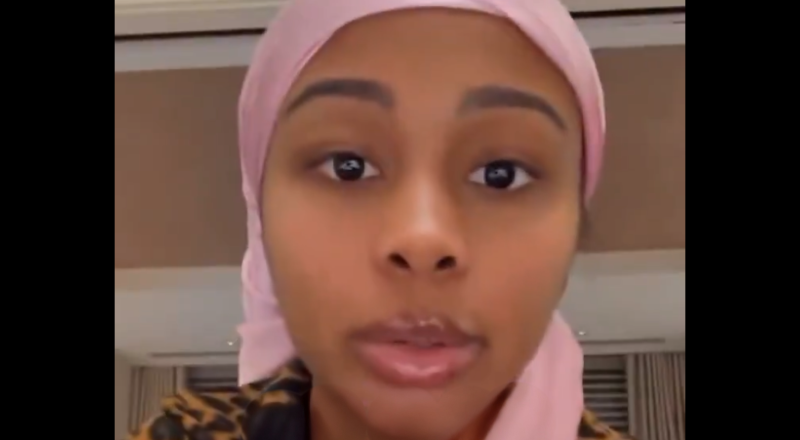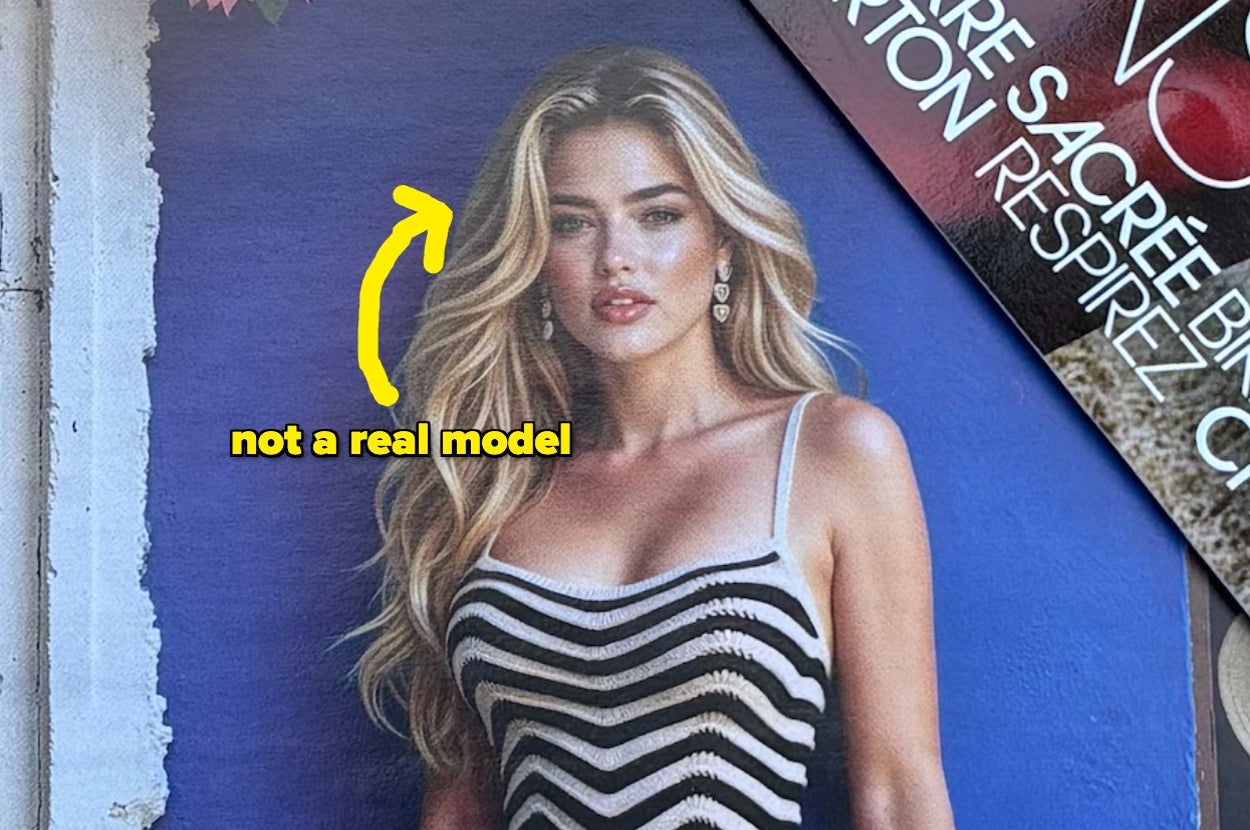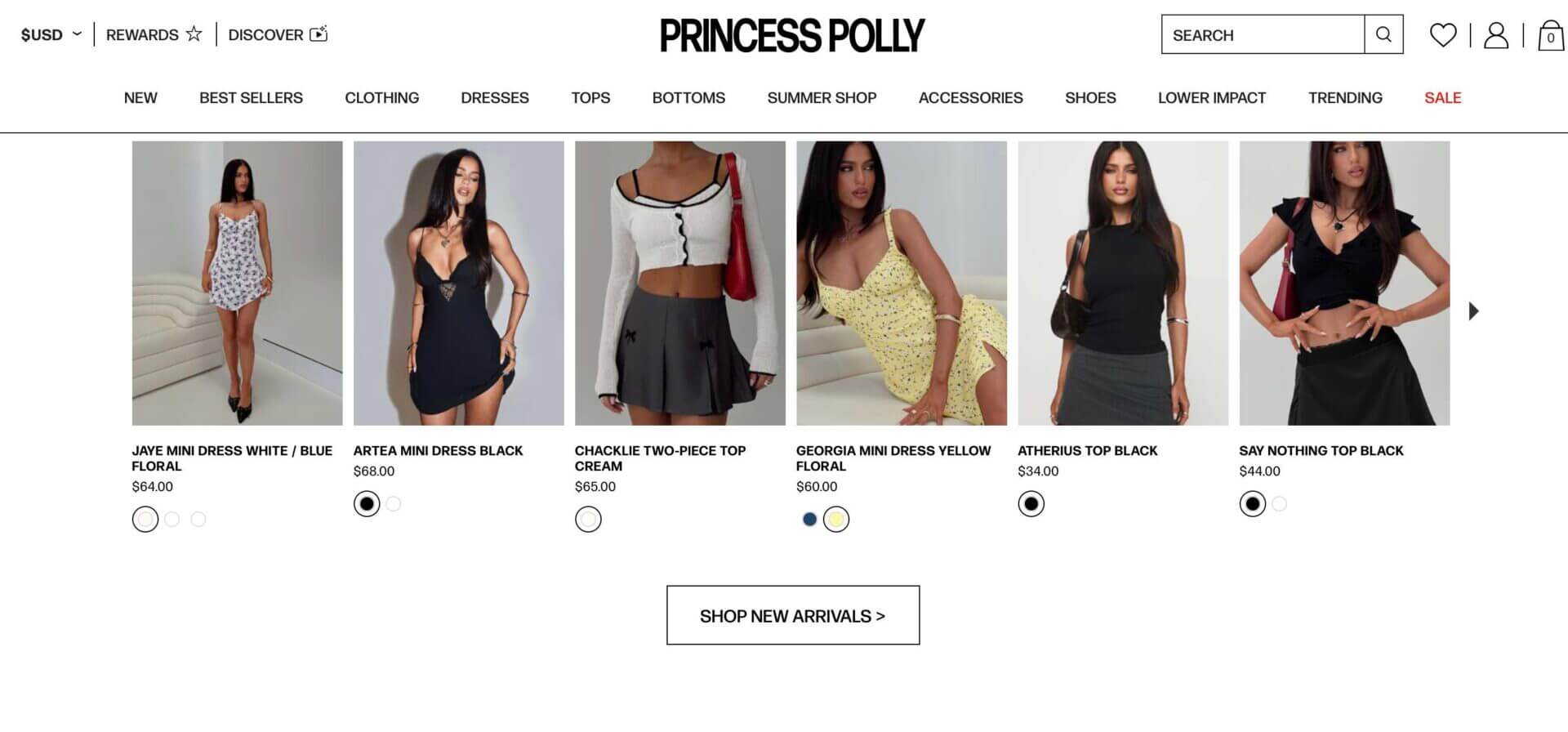Jayda Wayda unveils all-black contacts trend [VIDEO]

Jayda Wayda’s Bold New Look: All-Black Contact Lenses
The beauty world is constantly evolving, with new trends and aesthetic movements emerging regularly. From BBLs and buccal fat removals to microblading and viral skincare routines, the industry never stops changing. But when it seems like we've seen everything, a fresh trend often takes over the timeline — and this time, it's Jayda Wayda who's leading the charge.
Jayda, an entrepreneur, influencer, and one of the internet's most-watched fashion figures, recently made waves with her latest look: all-black contact lenses. In a recent Instagram video, she unveiled a bold new style that immediately sparked conversations across beauty feeds and fan pages. This unexpected choice isn't just a fashion statement — it's a deliberate push at the boundaries of conventional beauty, and it might just be the next big trend to sweep through social media.
Building a Beauty Empire
While many know Jayda for her fashion-forward posts, her journey goes far beyond social media. Over the years, she has built a multimillion-dollar brand empire, transitioning from a social media personality into a successful businesswoman. Her influence extends into various areas, including fashion, beauty, and luxury collaborations.
Beyond her professional achievements, Jayda's personal life has also kept her in the spotlight. She shares a son, Loyal, with Grammy-nominated rapper Lil Baby, and their high-profile relationship has often placed her at the center of hip-hop culture discussions. Despite the public attention surrounding their past romance, Jayda has consistently maintained her independence and used her platform to build a powerful brand identity separate from her celebrity relationships.
From Social Media Star to Entrepreneur
Born Jayda Cheaves, the influencer first gained attention in the mid-2010s with her fashion-forward outfits and relatable lifestyle content. Her following grew rapidly, eventually making her one of Gen Z's most influential beauty voices. She capitalized on that momentum by launching Waydamin, a fashion and lifestyle brand that sold out almost immediately upon launch. Since then, Jayda has expanded her empire into beauty, hair, and luxury collaborations — consistently proving her ability to convert influence into impact.
A Style Icon and Trendsetter
Jayda's success isn't just about business — it's also about vision. She's known for predicting and shaping what's next in beauty before it hits the mainstream. Whether it's sleek, minimalist glam or bold, maximalist aesthetics, Jayda's personal style continues to evolve while influencing millions of followers and inspiring countless beauty trends on TikTok and Instagram.
The all-black contact look is just the latest example of her willingness to take risks — and how those risks often end up becoming cultural moments.
A New Beauty Era: Jayda’s All-Black Contacts Go Viral
Jayda's influence on online fashion and beauty culture is undeniable. Known for setting off hair trends, outfit inspo moments, and makeup looks that dominate TikTok, she's now venturing into uncharted territory — the eyes.
In the clip shared with her 8 million+ Instagram followers, Jayda unveiled her latest beauty experiment: jet-black contact lenses that cover the iris and pupil completely. The result? A surreal, almost anime-inspired appearance that gives off a doll-like, innocent gaze while still maintaining a slightly edgy, otherworldly feel.
“New era,” Jayda captioned the post, letting the bold look speak for itself. Fans flooded the comments section within minutes — some calling the look “mesmerizing,” others admitting they were “lowkey obsessed” and already searching for where to buy their own pair.
The most common response? Curiosity. People wanted to know why she did it, what inspired it, and whether this was a one-off experiment or the beginning of a new wave in beauty aesthetics.
Why All-Black Contacts Are Making a Statement
On the surface, all-black contacts might seem like a niche choice reserved for Halloween costumes or editorial photo shoots. But Jayda's spin is different — and that's what's making it go viral.
The all-black lens effect gives the wearer a larger-than-life, almost animated eye appearance that plays into two dominant trends in beauty right now:
- Dollification aesthetics — the pursuit of youthful, wide-eyed, doll-like features.
- Hyperreal beauty — enhancing natural features to look slightly unreal or exaggerated for artistic or fashion-forward effect.
For years, beauty trends have focused on enlarging or highlighting the eyes through lashes, eyeliner, and cosmetic procedures. Jayda's approach takes that to the next level — using the entire iris as a canvas for expression.
The trend also fits neatly into a broader movement online where fashion-forward creators embrace "alien beauty" — a term used to describe looks that are intentionally futuristic, uncanny, or otherworldly. By swapping out her natural eye color for something completely black, Jayda leans into that narrative while still keeping her signature glam style intact.
Social Media Reacts: “Only Jayda Can Pull This Off”
As with most things Jayda does, the internet had a lot to say — and the reaction was a mix of admiration, intrigue, and playful debate.
“This is lowkey scary but in the best way,” one fan commented. “I swear Jayda can make anything fashionable.”
Another added, “She’s about to start a new wave. Watch everyone start wearing these by Halloween.”
The feedback illustrates a pattern that's followed Jayda throughout her career: she experiments first, and the internet follows. Whether it's a hairstyle, a nail shape, or a streetwear combo, her influence often ripples far beyond her original post — turning bold choices into mainstream trends.
Beyond Makeup: The Evolution of Beauty Trends
Jayda's latest move also speaks to a larger cultural shift happening in beauty. The days when trends were limited to makeup palettes and contour techniques are gone. Today, beauty is about transformation — and it often extends to every part of the face and body.
We’ve seen it in the rise of:
- Tooth gems and custom veneers replacing traditional smiles.
- Hairline microblading and scalp tattoos blurring the lines between makeup and cosmetic procedures.
- Body modifications like piercings, implants, and even eye color changes pushing past old definitions of “normal.”
All-black contacts fall squarely within that movement — a cosmetic choice that isn’t permanent but still dramatically changes how someone looks and how they're perceived.
It’s a reminder that beauty in 2025 isn’t just about enhancement. It’s about reimagining identity and experimenting with self-expression — something Jayda embodies effortlessly.
Could All-Black Contacts Become the Next Big Trend?
While it’s too soon to say whether Jayda’s look will become a mainstream staple, there’s a strong chance it could influence upcoming runway looks, editorial shoots, and Halloween-inspired aesthetics. Many beauty trends that started as niche or “too bold” — like laminated brows or bleached lashes — are now standard on red carpets and in campaigns.
And with Jayda’s track record, it’s safe to assume we’ll see more creators and influencers experimenting with eye-focused transformations in the months ahead.
Final Thoughts: A Bold New Frontier in Beauty
Jayda Wayda’s all-black contacts might seem like a small detail — but in the fast-moving world of beauty trends, they represent something bigger. It’s a statement about creativity, individuality, and fearlessness. It’s a rejection of the idea that beauty has to fit inside neat, conventional boxes.
More importantly, it’s a reflection of how beauty in 2025 is evolving: more experimental, more expressive, and more unapologetically bold than ever.
Whether you’re ready to try the look yourself or simply admire it from a distance, one thing’s clear: Jayda Wayda isn’t following trends — she’s creating them.

